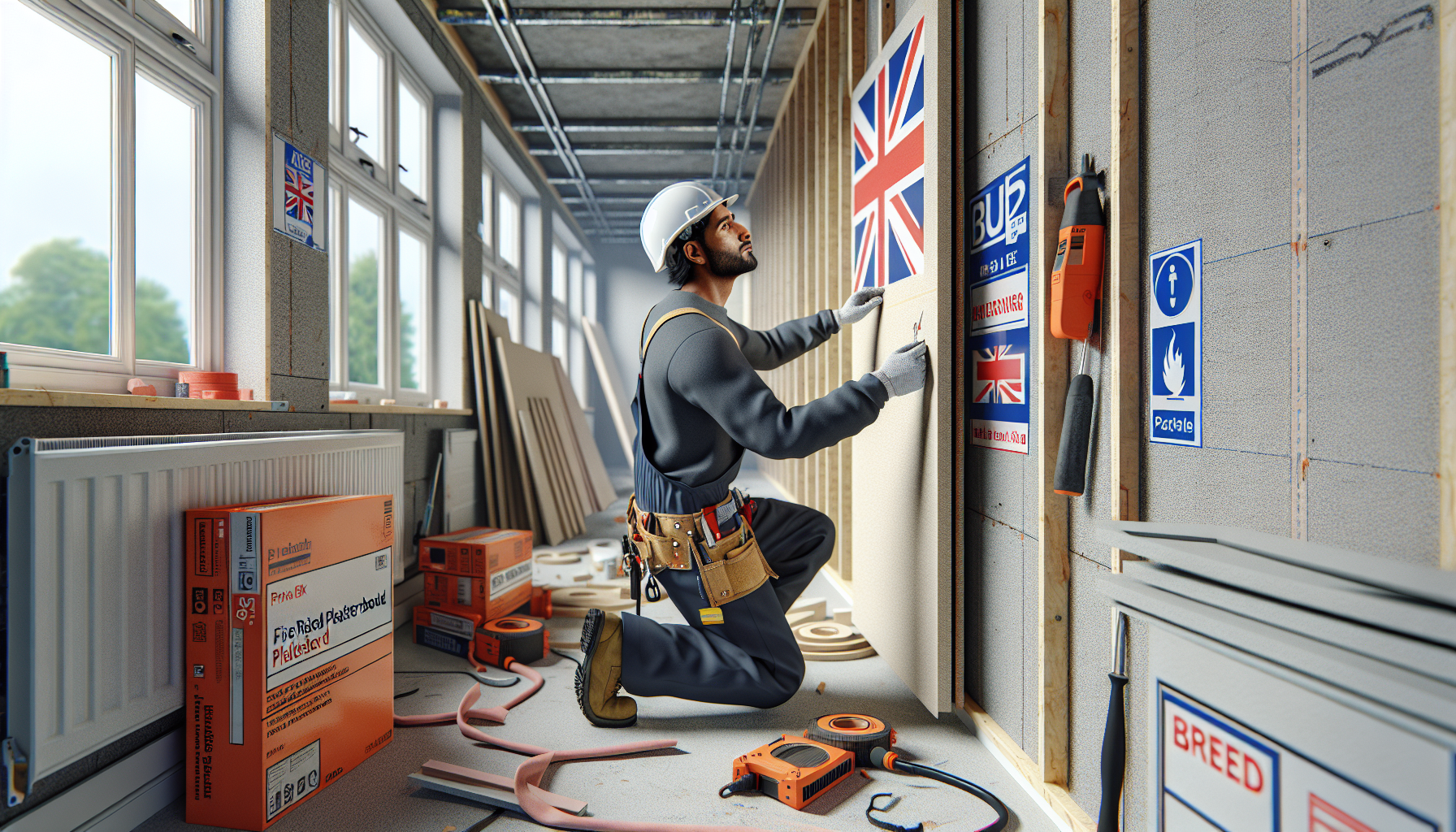
Understanding Fire Rated Plasterboard: Essential Information for Proper Installation
An in-depth look at fire rated plasterboard, its purpose, levels of fire resistance, and installation guidelines.
Introduction to Fire Rated Plasterboard
Fire rated plasterboard, often crucial in various building projects, is designed to withstand high temperatures and prevent the spread of fire. These boards are integral in enhancing the safety and structural integrity of buildings, meeting stringent fire safety regulations.
Levels of Fire Resistance
Fire rated plasterboards come in various grades, each offering different levels of fire resistance. Typically, the resistance ratings can range from 30 minutes to over 2 hours. This resistance is achieved through the incorporation of additional materials like glass fibres and other non-combustible additives within the plasterboard.
Key Features and Benefits
- Improved Safety: Provides vital protection in the event of a fire, allowing more time for evacuation and reducing the risk of structural damage.
- Compliance: Meets legal building regulations and standards for fire safety, ensuring legal compliance for builders and property owners.
- Versatility: Suitable for a wide range of applications, including residential, commercial, and industrial settings.
- Sound Insulation: Often offers enhanced acoustic performance alongside fire resistance.
Installation Guidelines
The installation of fire rated plasterboard is critical for ensuring its efficacy. Here are some essential steps and considerations:
- Preparation: Ensure the framework is properly prepared and capable of supporting the additional load of fire rated plasterboard.
- Cutting: Use the appropriate tools to cut the plasterboard, ensuring clean and precise edges.
- Fixing: Secure the boards with the recommended screws and fixings, maintaining the correct spacing as specified by the manufacturer.
- Joint Treatment: Properly tape and joint the boards to maintain the integrity of the fire-resistant barrier.
- Sealant: Apply appropriate fire-rated sealants at joints and edges to prevent the passage of smoke and flames.
Conclusion
Fire rated plasterboard is an essential component in upholding fire safety standards in modern construction. By understanding its benefits, applications, and installation guidelines, builders can ensure they are providing maximum protection against fire hazards.